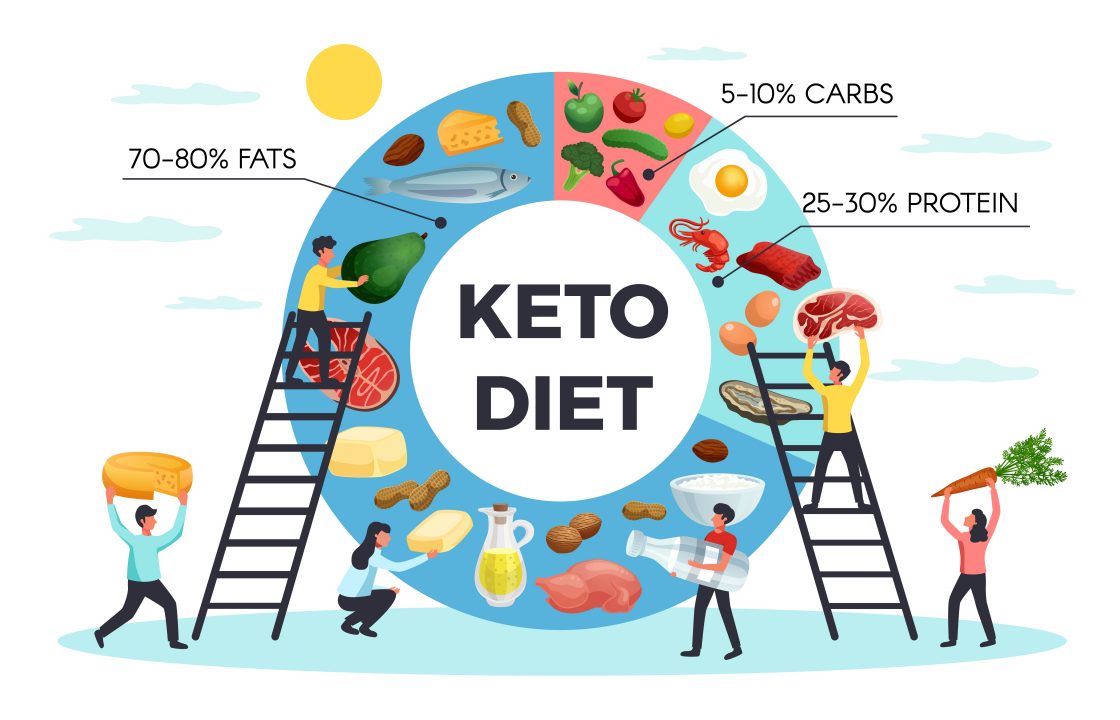Turmeric is a spice that has received much interest from both the medical/scientific worlds as well as from the culinary world. Turmeric is a rhizomatous herbaceous perennial plant (Curcuma longa) of the ginger family. The medicinal properties of turmeric, the source of curcumin, have been known for thousands of years. Curcuma longa has been traditionally used in Asian countries as a medical herb due to its antioxidant, anti-inflammatory, antimutagenic, antimicrobial, and anticancer properties.
Curcumin is a yellow pigment found primarily in turmeric, a flowering plant of the ginger family best known as a spice used in curry. It’s a polyphenol with anti-inflammatory properties and the ability to increase the amount of antioxidants that the body produces.

Curcumin has received worldwide attention for its multiple health benefits, which appear to act primarily through its anti-oxidant and anti-inflammatory mechanisms. These benefits are best achieved when curcumin is combined with agents such as piperine, which increase its bioavailability significantly. Research suggests that curcumin can help in the management of oxidative and inflammatory conditions, metabolic syndrome, arthritis, anxiety, and hyperlipidemia. It may also help in the management of exercise-induced inflammation and muscle soreness, thus enhancing recovery and subsequent performance of inactive people. In addition, a relatively low dose can provide health benefits for people that do not have diagnosed health conditions.

Turmeric, a spice that has long been recognized for its medicinal properties, has received interest from both the medical/scientific world and from culinary enthusiasts, as it is the major source of polyphenol curcumin.
It aids in the management of oxidative and inflammatory conditions, metabolic syndrome, arthritis, anxiety, and hyperlipidemia. It may also help in the management of exercise-induced inflammation and muscle soreness, thus enhancing the recovery and performance of inactive people. In addition, a relatively low dose of the complex can provide health benefits for people that do not have diagnosed health conditions. Most of these benefits can be attributed to its antioxidant and anti-inflammatory effects. Ingesting curcumin by itself does not lead to the associated health benefits due to its poor bioavailability, which appears to be primarily due to poor absorption, rapid metabolism, and rapid elimination. There are several components that can increase bioavailability. For example, piperine is the major active component of black pepper and, when combined in a complex with curcumin, has been shown to increase bioavailability by 2000%. Curcumin combined with enhancing agents provides multiple health benefits.
Curcumin has a long-established safety record. For example, according to JECFA (The Joint United Nations and World Health Organization Expert Committee on Food Additives) and EFSA (European Food Safety Authority) report, the Allowable Daily Intake (ADI) value of curcumin is 0–3 mg/kg body weight. Several trials on healthy subjects have supported the safety and efficacy of curcumin. Despite this well-established safety, some negative side effects have been reported. Seven subjects receiving 500–12,000 mg in a dose-response study and followed for 72 h experienced diarrhea, headache, rash, and yellow stool. In another study, some subjects receiving 0.45 to 3.6 g/day curcumin for one to four months reported nausea and diarrhea and an increase in serum alkaline phosphatase and lactate dehydrogenase contents.
References:
https://www.sciencedirect.com/science/article/pii/B9780128154618000244
https://www.sciencedirect.com/science/article/pii/S0734975019300102
https://iubmb.onlinelibrary.wiley.com/doi/abs/10.1002/biof.1533



